Sepphoris
Excavations at Sepphoris (4 miles north of Nazareth) have uncovered beautiful mosaics (see picture above of the mosaic in a Roman villa triclinium; photo by Todd Bolen, Nov 1, 2006; Pictorial Library of Bible Lands, vol. 1, 2012). By 100 BC Sepphoris had withstood the attack of Egypt’s Ptolemy VIII because of the city’s fortifications. Of all the cities of Galilee, it alone successfully resisted Ptolemy’s invasion. After the Romans seized control of Palestine, Gabinus made Sepphoris the center of administrative power in Galilee. In 38 BC Herod the Great conquered Sepphoris in a snowstorm. After Herod’s death the Roman legate Varus destroyed and burned the city. When Rome appointed Herod Antipas (Matthew 14:1; Luke 23:5–7) as tetrarch in Galilee and Perea at 17 years of age, he rebuilt Sepphoris (starting ca. 3 BC) and made it his first capital. A number of scholars propose that Antipas’ rebuilding of the city may have been what brought Joseph and Mary to Nazareth. Joseph could find work as a stone mason and carpenter at nearby Sepphoris.[1] Around AD 22 Antipas built Tiberias as his new capital replacing Sepphoris, in honor of Tiberius the Roman emperor (AD 14–37).
To the north [of Nazareth], … a relatively gentle walk leads to the Nahal Zippori, the broad valley between Nazareth and the Roman town of Sepphoris (Zippori in Hebrew). This valley is well watered by the stream that flows along its center and by numerous springs and a few rivulets on its slopes. The part of Nahal Zippori closest to Nazareth was probably the agricultural hinterland of the settlement. …
It may be possible to say something of the cultural identity of those living in the Nahal Zippori at this time. All the sites on the south side of the valley, nearer to Nazareth, featured Kefar Hananya-type pottery. Some also had the type of limestone vessels associated elsewhere with Jewish settlements. However, all of those on the north side of the valley, nearer Sepphoris, had a much wider range of artifacts, including red-slipped imported Eastern Terra Sigillata pottery and imported amphora. Communities closer to Sepphoris apparently embraced the cultural world of the Roman provinces; those closer to Nazareth chose a strictly Jewish material culture, perhaps denoting a more conservative attitude to religious belief and concepts of purity and rejecting “Roman” culture as a whole.
— Ken Dark, “Has Jesus’ Nazareth House Been Found?” Biblical Archaeology Review 41, no. 2 (2015): 60.
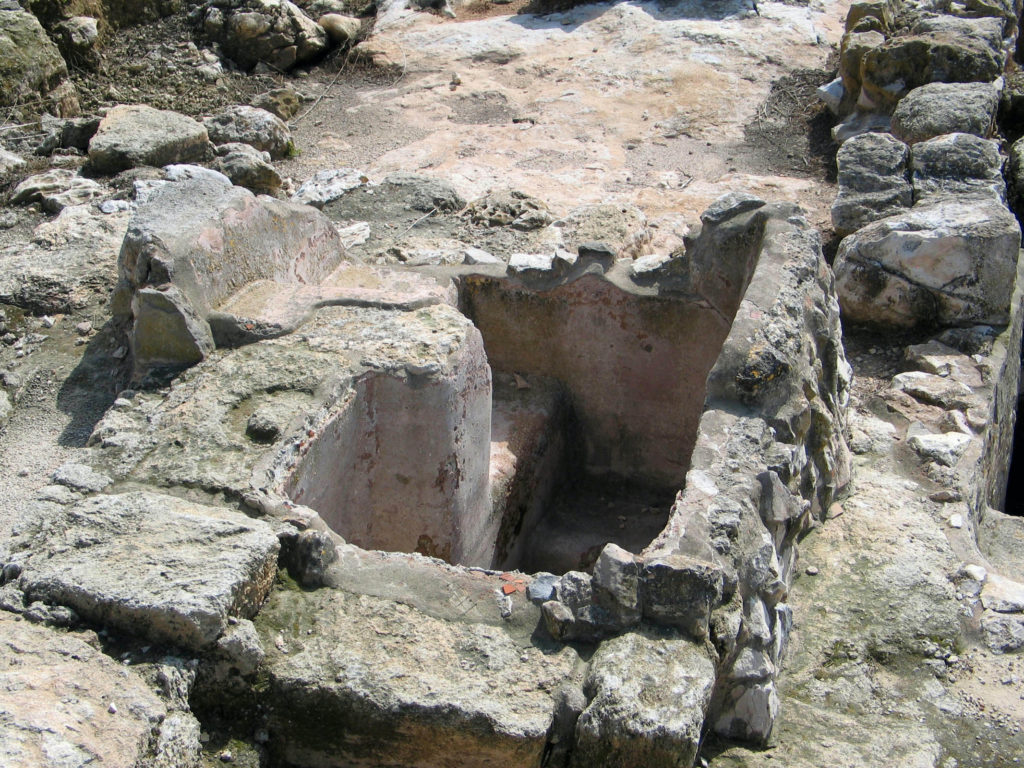
- Archaeological evidences such as mikvot (ritual baths), stone vessels (considered ritually clean — see Post #7 on Nazareth about stone vessels and also the Kefar Hananya-type pottery Dark mentions in the quote above), and absence of pig bones indicate a heavy Jewish presence in the city. Notably, Sepphoris did not participate in the First Jewish Rebellion of AD 66–70.
- Sepphoris maintained a close relationship to the Romans and during the time of Hadrian (AD 117–39) took the name Diocaesarea.
- AD 198–217, Sepphoris became the seat of the Sanhedrin. Rabbi Judah ha-Nasi (ca. AD 135–217) completed the editing of the Mishnah here.
- In AD 363 an earthquake destroyed Sepphoris.
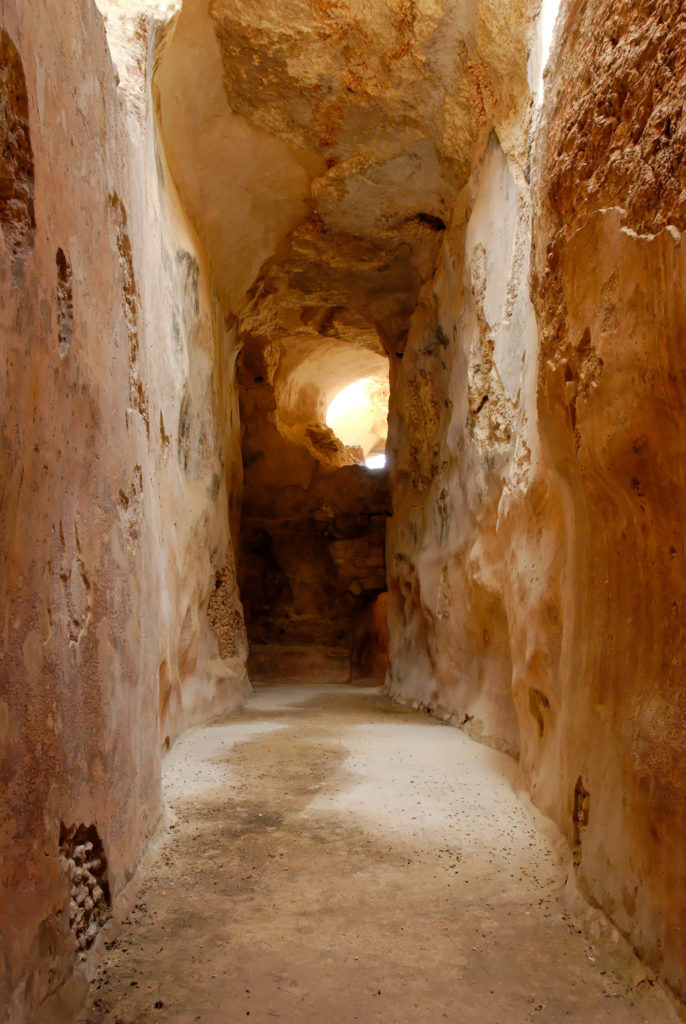
The Sepphoris Water System
Antipas constructed an aqueduct to carry water from two springs south of Kafr Kanna (about 3 miles from Sepphoris). At a short distance from Sepphoris he excavated a huge underground water reservoir: 855′ long, 10′ wide, 30′ deep (= nearly 2 million gallons capacity), carved ca. AD 100 and expanded and refined in the following century. See “Ancient Sepphoris and a Jewish Wedding.” Sergio and Rhoda in Israel. Season 1, Episode 20. September 10, 2017. [YouTube video]. The flow of water from the reservoir into the city itself was controlled by a lead pipe.
The Sepphoris Mosaics
Every visitor to Sepphoris discovers that the enchanting aspect of this ancient Roman site consists of the variety of mosaics unearthed among its ruins. Experience the beauties of the Sepphoris mosaics on the “Daydream Tourist” web site (click the link). Scroll through the pictures and the brief, but helpful descriptions to enjoy the wonders. My own pictures below are from a trip in 1998 when some of the mosaics were still being uncovered and restored.
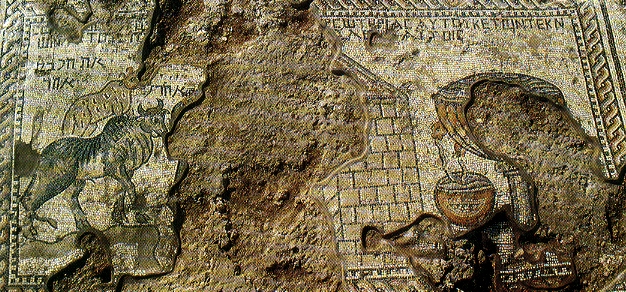

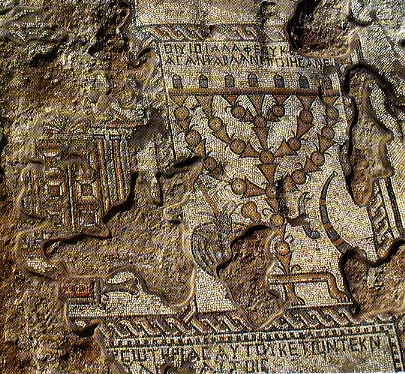
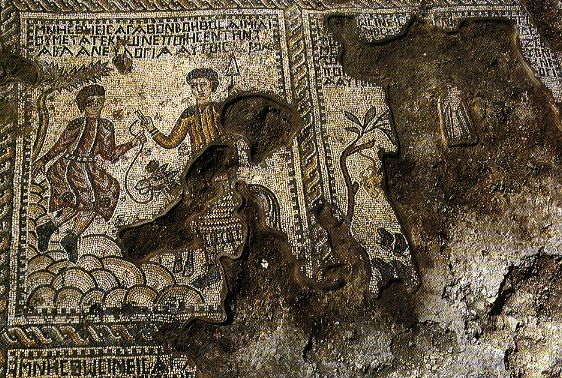

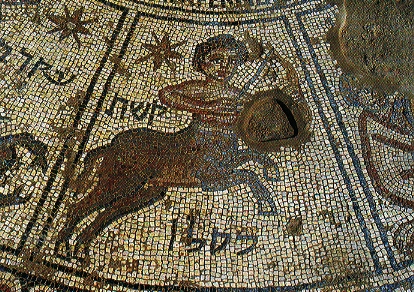
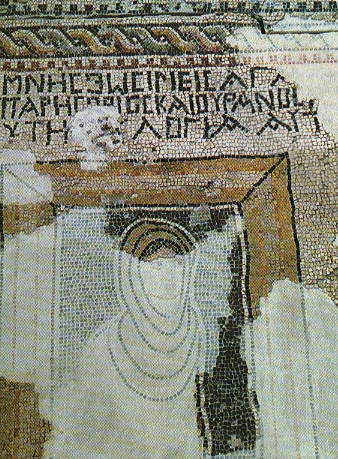
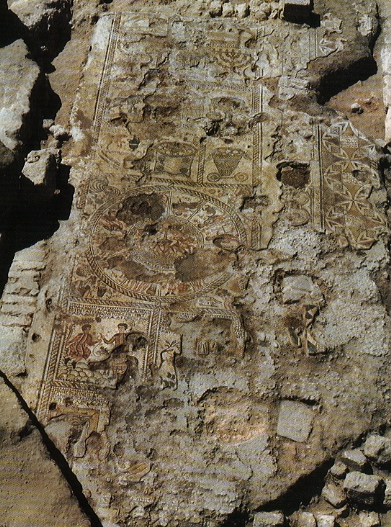
Recommended Resources
- “Ancient Sepphoris and a Jewish Wedding.” Sergio and Rhoda in Israel. Season 1, Episode 20. September 10, 2017. [YouTube video]
- Isbouts, Jean-Pierre. “In the Footsteps of Jesus: Episode 2, Jesus in Sepphoris.” National Geographic. Pantheon Studios. November 12, 2012. [YouTube video]
- “Sepphoris: the great city of the lower Galilee.” BibleWalks.com.
Footnotes
[1] Jerome Murphy-O’Connor, The Holy Land: An Oxford Archaeological Guide from Earliest Times until 1700, 5th ed. (Oxford: Oxford University Press, 2008), 468. This volume contains a detailed description of most of the Sepphoris mosaics, as well as a description of the site’s history and archaeology.

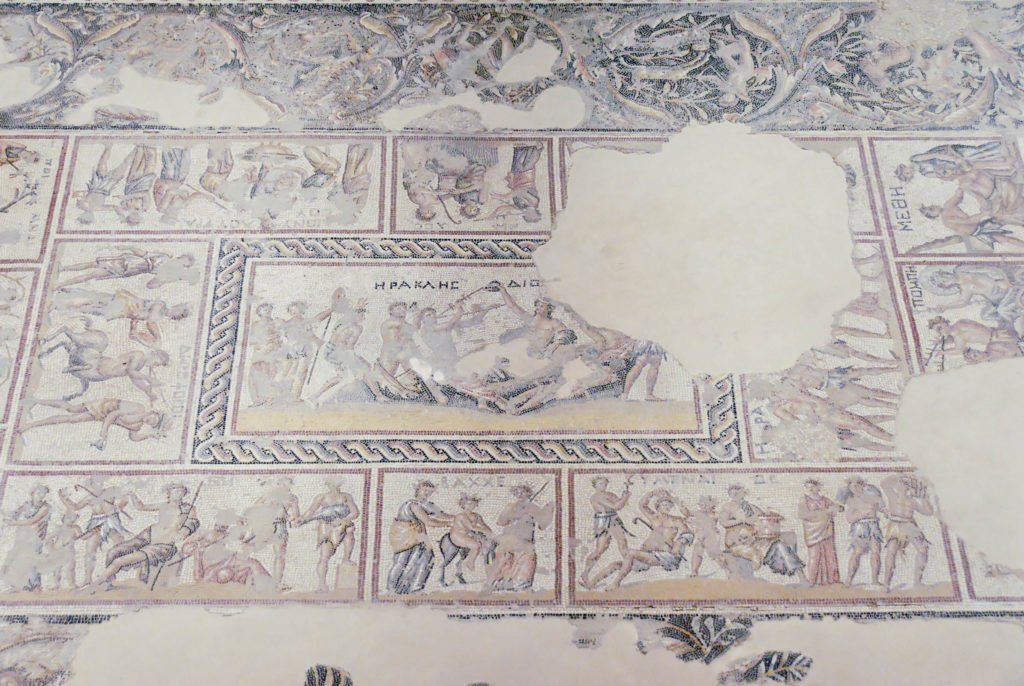
Thank you for sharing the information and the pictures.